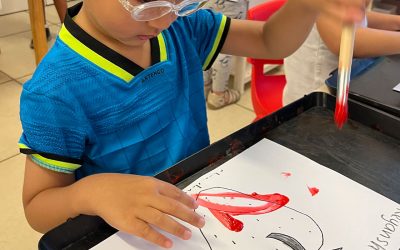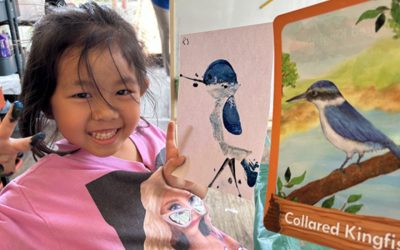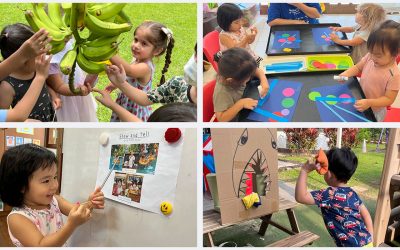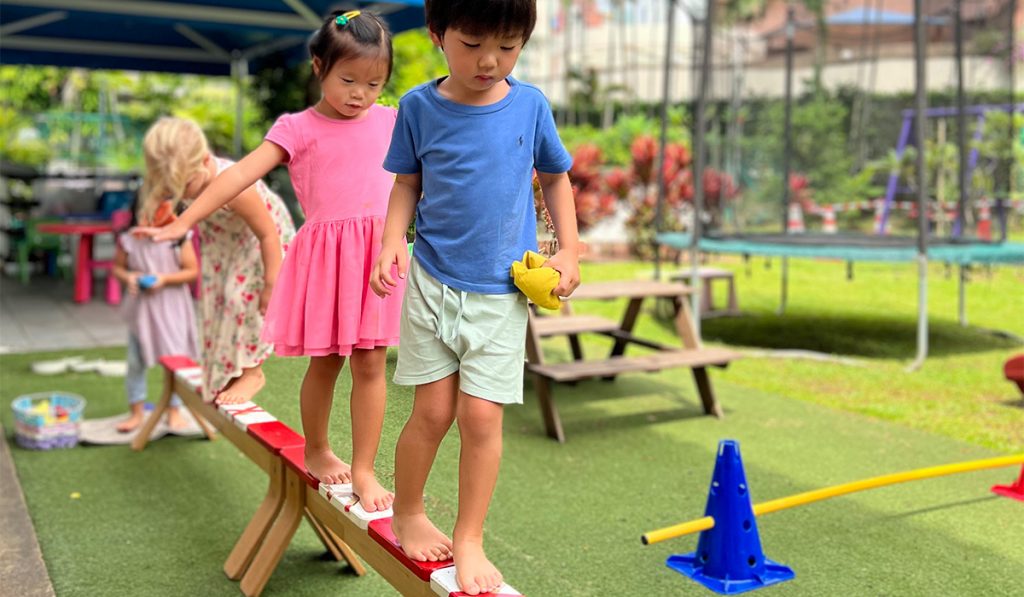
Every parent wants their child to grow up strong, confident, and ready to handle life’s ups and downs. But grit and resilience aren’t traits children are born with—they’re skills learned through everyday experiences.
Whether it’s coping with a lost toy, making a mistake during craft time, or managing big feelings when plans change, these teachable moments in kindergarten show kids how to keep going when things don’t go their way.
The best part about raising a resilient child is that they don’t just bounce back from failure—they learn to adapt, try again, and reach out for help when needed.
In this piece, we’ll explore practical ways to build resilience, both in the classroom and at home, so your child can face challenges with courage and curiosity.
Why Building Resilience in Children Matters
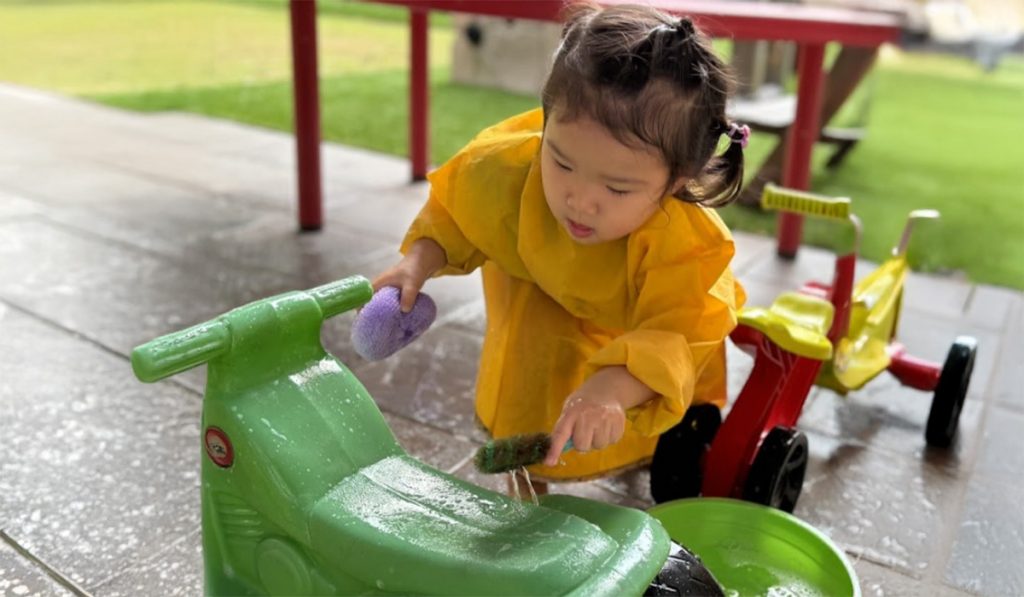
Curious to know why resilience needs to be built from an early age? Well, it’s the foundation for helping your kids to overcome social, emotional, and academic challenges.
When your children are young, their brains form pathways that support regulation and adaptive behaviour. Hence, the early years are crucial for building a child’s resilience.
That’s not all. Equipping your child with grit also helps them to learn how to manage disappointment, frustration, and change.
However, resilience isn’t just about handling tough situations. It also plays a major role in mental health.
Gritty and resilient kids can also reduce anxiety, boost optimism, and find emotional balance. Plus, they are more likely to try again after setbacks, take healthy risks, and reach out for help when needed.
At Heartfield, we don’t see resilience as just a trait—it’s a skill we nurture daily, helping children feel ready to face life’s ups and downs.
Our Approach to Resilience Training for Children
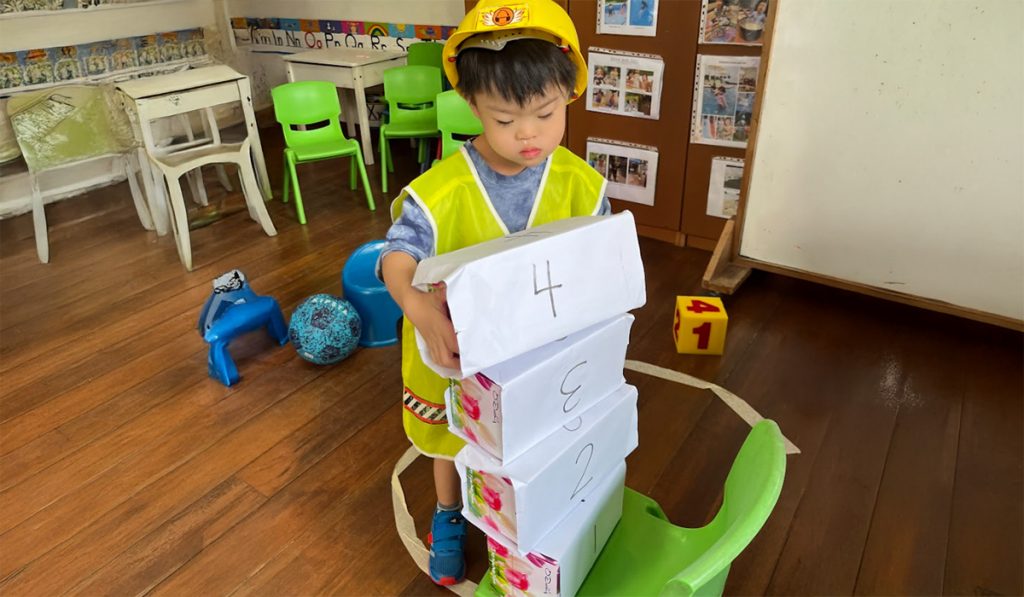
Resilience isn’t something you teach through lectures; kids learn through lived experiences. In the classroom, resilience training becomes part of the culture, woven into everyday interactions and activities.
Here, teachers model positive self-talk and show how to regulate emotions, especially during challenging moments. Through this, children can see firsthand how to manage their feelings when things get tough.
Group problem-solving activities are another key part of the process. They help kids learn to listen to others, compromise, and keep going—even when the solution isn’t apparent.
Creative tasks also play a big role. Whether it’s drawing, building, or trying out a new idea, children are encouraged to make multiple attempts, focusing on effort rather than perfection.
When a project doesn’t turn out as planned, our message to the children is clear: keep trying and learn from the process. Feedback focuses on persistence—like saying, “You kept trying even though it was tricky, so kids understand that sticking with it matters more than getting it right the first time.
Throughout it all, the kindergarten environment remains safe and supportive. Children know that they can express their vulnerability without being judged. They’re further guided to name their feelings, choose coping strategies, and think about what they’ve learned from the experience.
This builds the confidence they need to face challenges while feeling valued and understood.
How We Teach Children Resilience Through Stories and Play
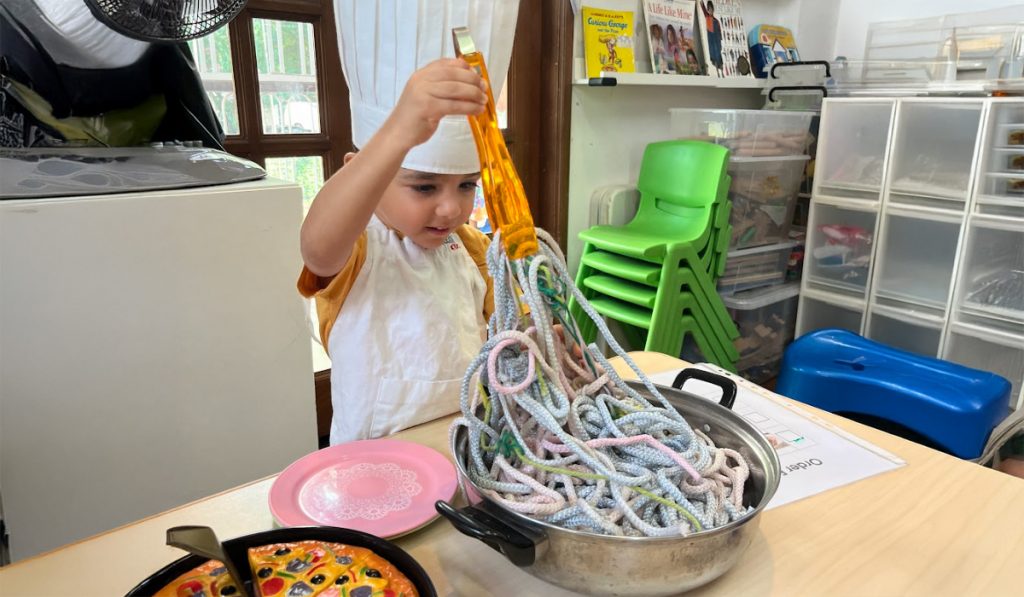
Stories and play are powerful ways to help our kids build resilience. Through stories, children can explore themes like courage, failure, trying again, and empathy in natural and relatable ways.
A well-chosen book helps children see that challenges are just part of everyone’s journey. It also gives them a way to express their feelings, seeing emotions through the lens of a story.
In our kindergarten, we use puppets and role play to act out scenarios that involve conflict resolution, disappointment, or perseverance. Acting out these situations helps our kids to practice handling big feelings in a safe, imaginative way.
One day, they might be a chef whose customer didn’t like the food; the next, they could be a friend learning to apologise. Such dramatic play examples provide them a chance to rehearse responses and think creatively about how to solve problems.
Games that involve waiting, taking turns, or handling setbacks are also great for building flexibility and patience. From board games where they have to wait for their turn, to a group activity where plans change midway, these moments teach kids how to adapt and stay calm.
Activities that involve trial and error, like stacking blocks into a tall tower or painting with a new tool, further help to develop a growth mindset. Kids learn that it’s okay to make mistakes, as long as they keep experimenting and trying new approaches.
Through these hands-on experiences, we can show our children that persistence pays off, even when things don’t go right the first time.
How to Build Children’s Resilience at Home

Now, how can you, as a parent, inculcate resilience-building practices at home?
Start with letting your child experience manageable frustration before stepping in to help. For instance, if they struggle to put on their shoes, give them a moment to figure it out. It’s okay if it takes a little longer—learning to keep trying builds perseverance.
Sharing your own stories can also make a big difference. Tell your child about a time you faced a challenge and worked through it. Keep it age-appropriate and focus on how you managed your feelings or tried a new approach.
When your child does make an effort, praise the process rather than the outcome. Instead of saying, “Good job,” try something like, “You didn’t give up,” or “You stayed calm and asked for help.” This way, they understand that effort and strategy matter as much as success.
Setting boundaries with warmth also helps build resilience. Clear, consistent limits teach children about self-control and emotional tolerance.
It’s essential to allow space for big feelings. Let your child know that feeling sad, angry, or frustrated is okay. Acknowledging these emotions shows that all feelings are valid.
Start small by giving your child responsibilities they can handle. Whether it’s tidying up their toys or feeding a pet, let them gently experience the natural consequences if they forget or make a mistake. This helps them learn accountability without feeling overwhelmed.
Finally, use books or routines reinforcing the idea that mistakes are part of learning. A bedtime story about a character who tries again after a setback can make the concept more relatable.
What Raising Resilient Children Looks Like at Heartfield
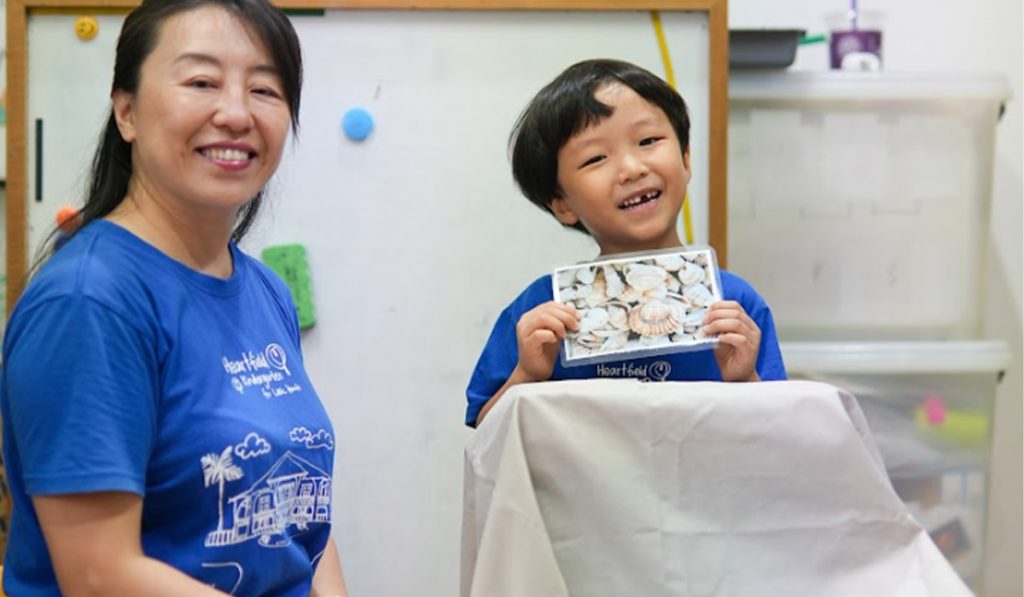
At Heartfield Kindergarten, raising resilient children starts with the words we use to articulate our thoughts and feelings. Children feel safe to express themselves, knowing they will be heard, comforted, and guided.
Teachers here observe each child’s emotional responses and guide them through reflective conversations, helping them understand and process their emotions.
Our classrooms are also emotionally safe zones. Mistakes and “failure” are seen as part of the learning process. Educators scaffold challenges so that children can be stretched without feeling overwhelmed, boosting their confidence as they grow.
Peer relationships are an important part of building resilience, too. We nurture these bonds through conflict resolution circles and cooperative play. These activities teach children how to listen, compromise, and support one another.
Raising resilient children means trusting them to experience both struggle and success, side by side. We celebrate resilience every day, whether it’s a child trying again after a setback, comforting a friend, or working through frustration. It’s embedded into everything we do: art, play, routines, and transitions.
Located at 31 Balmoral Road, we invite you to explore our campus. Call us at +65 6835 2354, email info@HeartfieldKindergarten.com, or visit our website to arrange a visit.
